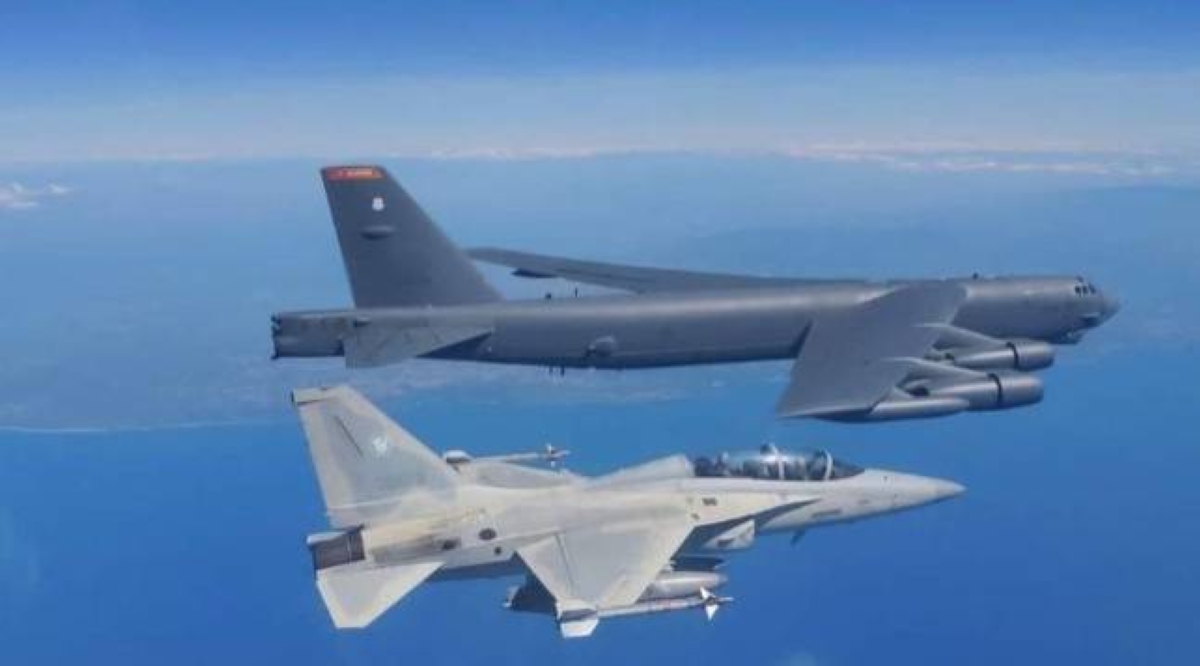MANILA, Philippines: In the midst of escalating challenges in Southeast Asia, particularly in the South China Sea (SCS), the United States has pledged to “fly and sail” around the region as part of its security commitment to its friends and allies.
US Assistant Secretary of State for East Asian and Pacific Affairs, Daniel Kritenbrink, emphasized on Thursday that the US will increase its presence in Southeast Asia in the coming days to assist ASEAN partners in maintaining stability, peace, and order in the region.
During his visits to Singapore, Brunei, Cambodia, Thailand, and Vietnam, Kritenbrink held meetings with senior government officials to reaffirm the US commitment to collaborate with allies and partners in addressing the most pressing global and regional challenges of the 21st century.
“We will be flying and sailing around the region,” stated the US official during a digital press briefing attended by journalists from Asia and the US, including the Manila Times.
Matthew Miller, spokesman of the US Department of State, expressed concern over China’s provocative actions, which demonstrated a disregard for the safety of Filipinos and international law. He emphasized that the US stands with the Philippines and its allies in the face of these dangerous and unlawful actions.
The US has called on China to respect the arbitral award on the South China Sea and cease its dangerous and destabilizing activities. The Pentagon Press Secretary highlighted that China’s reckless actions have resulted in injuries to Filipino crew members and have shown a blatant disregard for international law.
It is crucial to understand the significance of these statements and actions within the context of the South China Sea dispute. The South China Sea is a highly contested region, with multiple countries, including China, the Philippines, Vietnam, Malaysia, and Brunei, claiming sovereignty over various islands and maritime territories.
China’s assertive actions, such as the construction of artificial islands and the establishment of military facilities in the disputed waters, have raised concerns among neighboring countries and the international community. These actions not only challenge the territorial claims of other nations but also disrupt freedom of navigation and undermine regional stability.
The US has consistently maintained its position in support of a rules-based international order and freedom of navigation in the South China Sea. By pledging to “fly and sail” around the region, the US aims to demonstrate its commitment to upholding these principles and ensuring the security of its allies and partners.
Furthermore, the US has expressed solidarity with the Philippines, a long-standing ally, in the face of China’s aggressive behavior. The US recognizes the importance of the Philippines as a strategic partner in the region and seeks to strengthen bilateral defense cooperation to counter common security threats.
It is worth noting that the US is not the only country expressing concerns over China’s actions in the South China Sea. Other countries, such as Japan, Australia, and European nations, have also voiced their apprehensions and called for a peaceful resolution of the disputes based on international law.
In conclusion, the US’s commitment to “fly and sail” around Southeast Asia sends a strong message of support to its allies and partners in the region. By increasing its presence, the US aims to help maintain stability, peace, and order in the face of escalating tensions in the South China Sea. The US’s stance aligns with the principles of a rules-based international order and freedom of navigation, while also demonstrating solidarity with countries affected by China’s provocative actions. As the situation in the South China Sea continues to evolve, it is essential for all parties involved to engage in peaceful dialogue and adhere to international law to ensure a stable and secure region for all.
Source: The Manila Times







